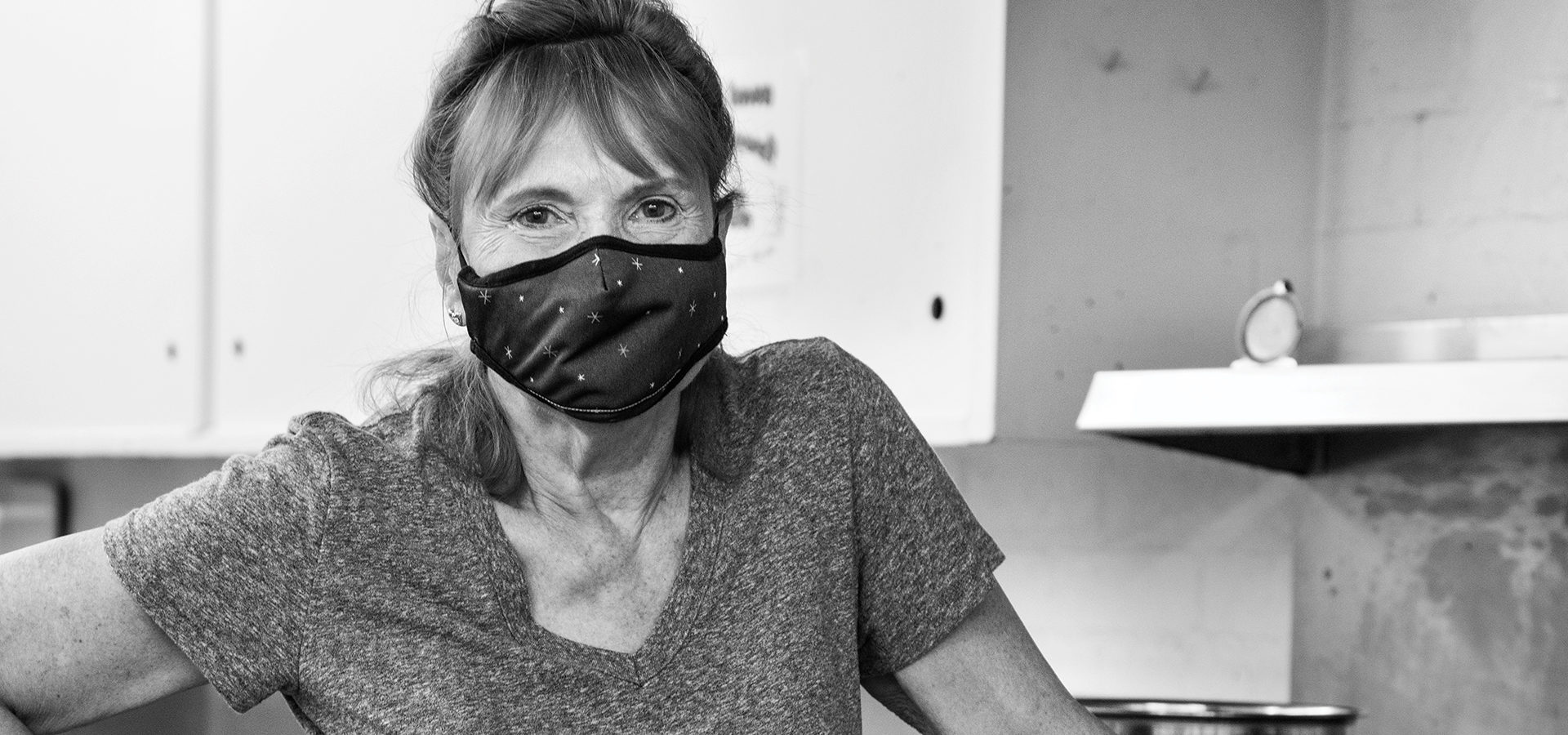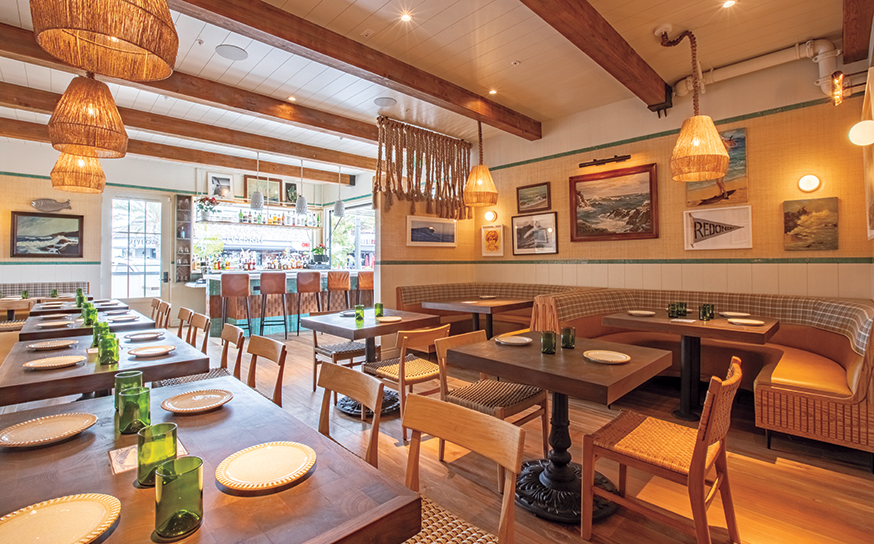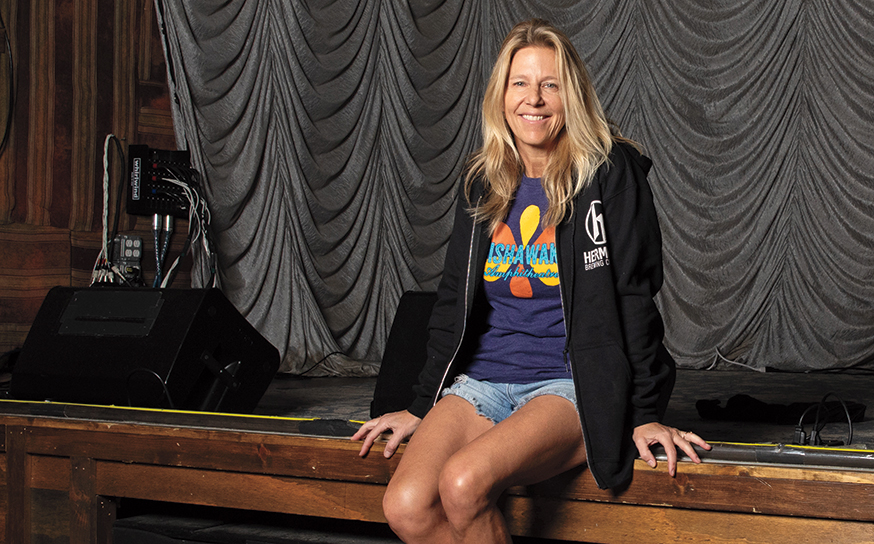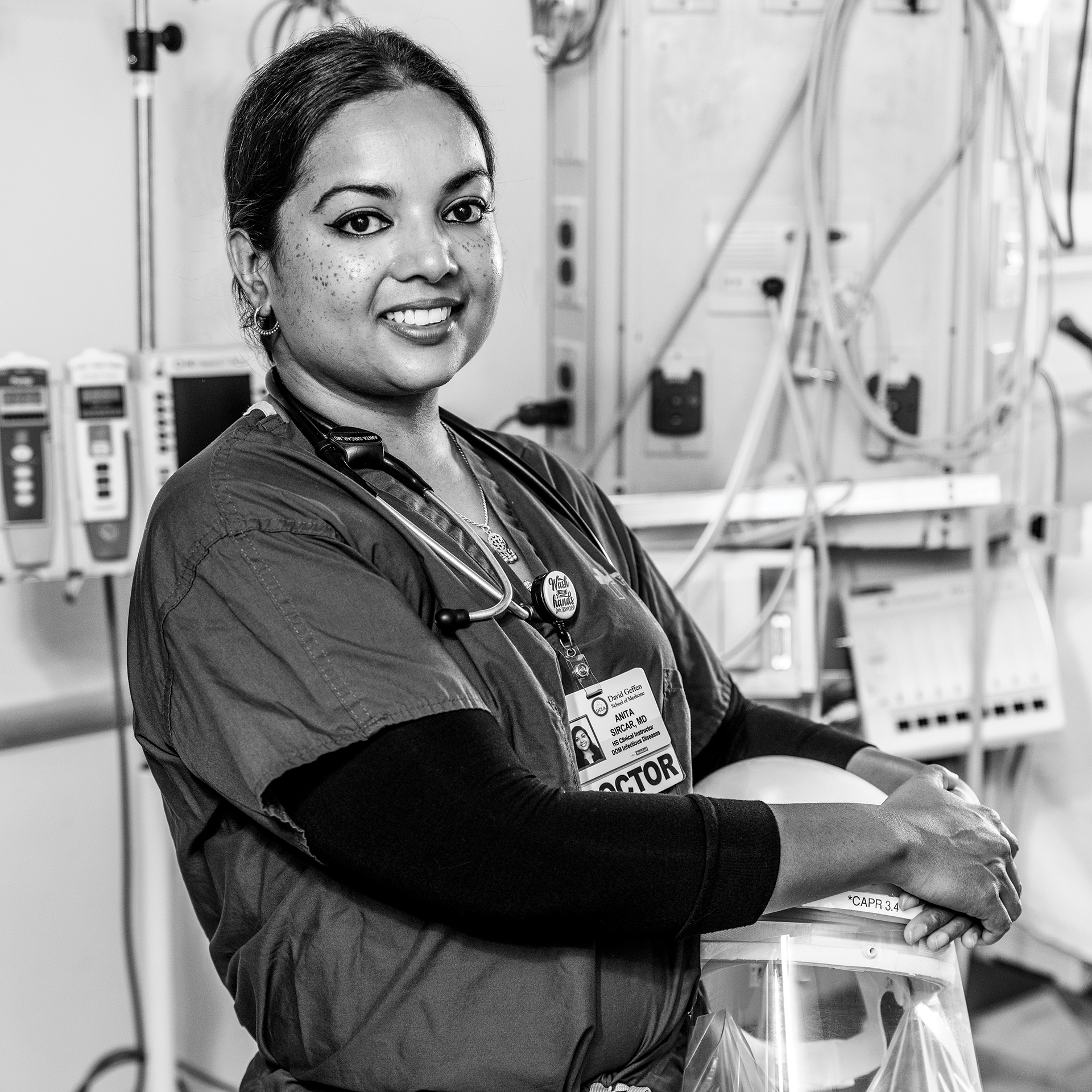
“I had to get people in the mindset that it isn’t a matter of if the virus is coming to the South Bay, but when. Do not live in denial. The earlier we are prepared, the better we are going to be able to operate,” she says.
In the early days of the pandemic, she remembers the extra steps required to mitigate fear among her crew. “It was scary, especially not having enough critical supplies with PPE and masks in the beginning. I decided that I would never put the staff in a position that I wouldn’t do myself. If they see I’m doing it, they are going to have confidence.”
As one of only a handful of infectious disease doctors at the hospital, Anita’s importance cannot be overstated. During the height of the pandemic, she worked 155 days in a row and saw 41 patients during one shift. She got to the hospital before sunrise and left after sunset.
“My previous experience taught me grace under fire. Do not panic. It is high pressure with a lot of information coming at you and changing rapidly. You have to focus and pivot quickly,” she says. “All of the things I did in other countries, I did here.”
At each shift, Anita did a little bit of everything. Not only was she focused on seeing patients, she also joined virtual meetings with the California and Los Angeles health departments to get updates on what information they had. Additionally, she had to figure out how the hospital would find more rooms as cases began to rise.
One case she vividly remembers was a pregnant woman in her last trimester who contracted COVID-19. The woman began to rapidly decline and was even placed on a ventilator. However, the baby was delivered via C-section and the mother survived—holding a healthy baby boy in her arms as they left.
“Last year taught me to live each day completely and fearlessly because tomorrow isn’t promised to any of us,” says Dr. Anita.
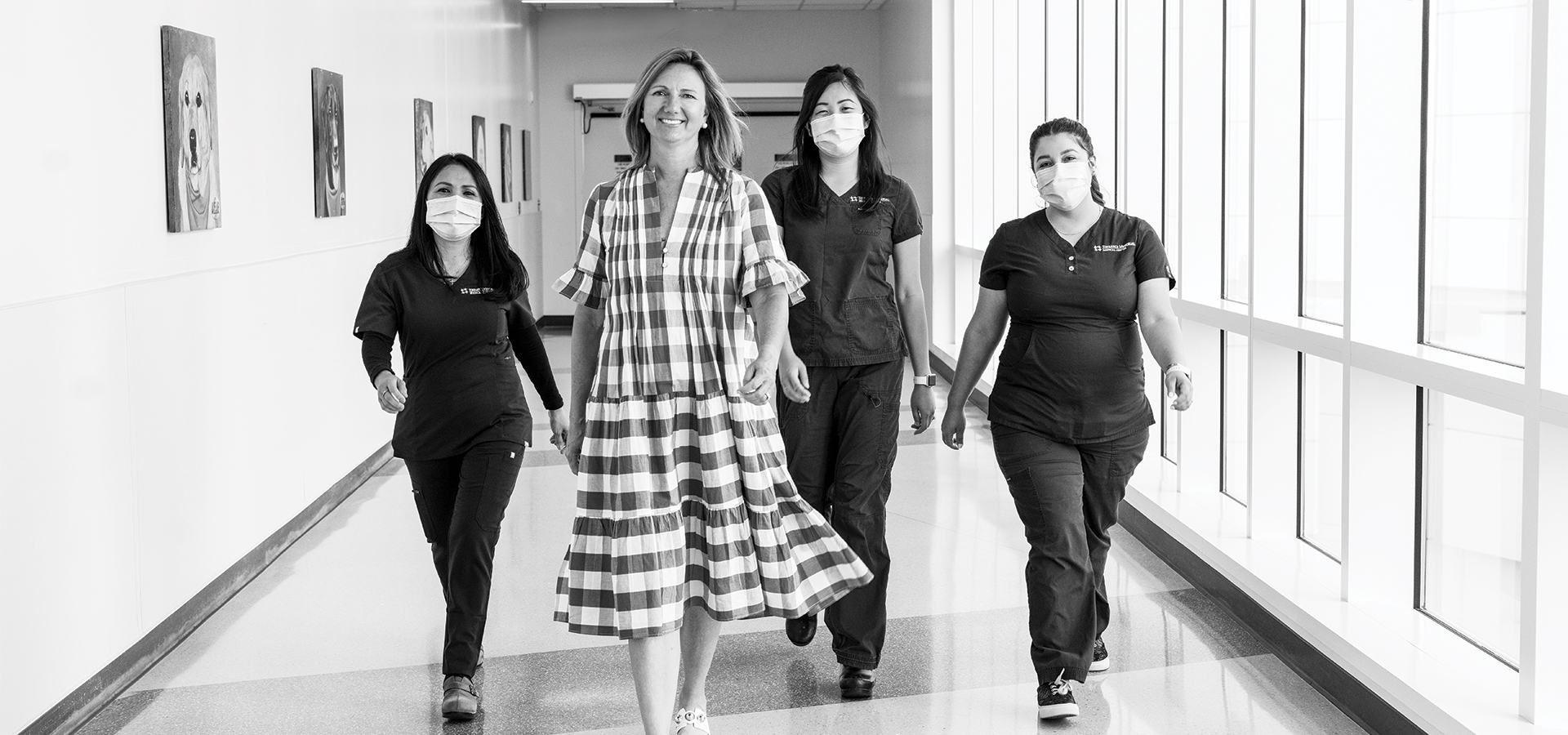
“You must relish the time you spend with the ones you love because you never know if it will be your last. And the ability of people to come together in the darkest of times to achieve great things will never cease to inspire me.”
It didn’t take much time for Jill Lamkin, executive director for the Manhattan Beach Downtown Business and Professional Association, to recognize early in the pandemic that the restaurant industry would be one of the hardest hit. So when Los Angeles County restricted restaurants to takeout only on March 16, she sprang into action.
Hearing from many restaurants that they would not be able to survive under the new ordinances, she had an epiphany. Why not have these restaurants provide meals for health care workers? She contacted restaurants downtown to see if they would be interested and then posted on social media about the website where people could donate. On the first day—March 19—Feed the Heroes received almost $10,000 in donations.
Jill reached out to Little Company of Mary and Torrance Memorial Medical Center to figure out how many workers were on each shift and calculate how many meals would need to be made for breakfast, lunch and dinner. Crunching the numbers, she targeted a $12 meal price. It was quite an adjustment for some of the restaurants, as this wasn’t their typical price point and they were making some food that had never been on their menus. However, restaurants like Love & Salt, Rice, Nando Trattoria, Petros and The Kettle stepped up.
“Both sides got so much out of it,” says Jill. “It became a challenge in a good way for these restaurants: ‘What can we do to keep them happy and sustained for the day?’ They want people to feel happy and comforted by their food.”
Every day the restaurants distributed 75 meals at a time to the hospitals. The workers were overjoyed since the cafeterias were closed—and they had never had such amazing meals at the hospitals.
“It just felt so good. The employees at the hospitals would text us pictures and then put them on social media for the restaurants,” says Jill. “It was a labor of love, and it was so nice to have something positive because everything was so bad then.”
Helping all of these health care workers became personal for Jill after her father died of COVID-19. She talked about the comfort the nurses gave her while her father was in the hospital. “Even though they had so much on their plate, they continued to call and give me updates and provided strength when I needed it most.”
The program lasted for nearly a year and raised $126,000, which provided more than 10,000 meals. Jill is still in awe of the community’s support and the restaurants that were willing to help during a time of need.
“So many of the interactions I had with the restaurants were almost therapeutic,” she says. “The conversations I had with these restaurants were really personal, and I got to know them in a way I hadn’t before. I would call many of these owners ‘friends’ now.”
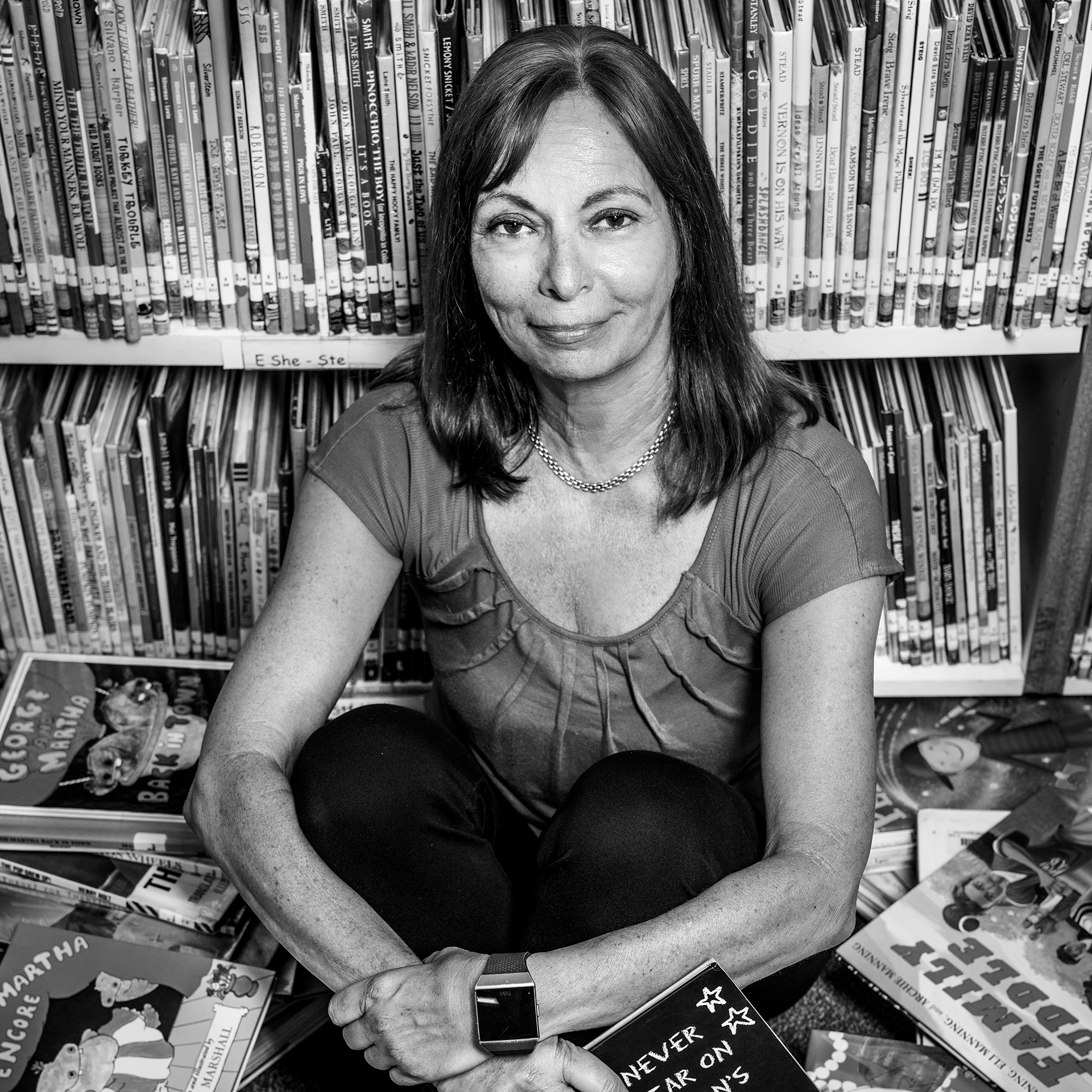
When in-person learning stopped in the spring of 2020, Meadows Elementary School librarian Chris Primm knew she had to do something. Chris got creative and figured out ways to keep kids interested in books and reading.
“I felt particularly at a disadvantage because, being over 60, I wasn’t as technologically savvy as some of my colleagues,” says Chris. “I quickly learned how to record and, more importantly, edit videos of me reading stories and sent links out to our teachers so our students could still have story time.”
Working closely with Meadows’ principal and teachers, Chris created a schedule where students would either see her on Zoom or watch a YouTube video of her reading every week. This accomplished the school’s goal of weekly providing a familiar face and activity.
“I think that by continuing to see our kids, whether via Zoom or YouTube, librarians gave kids a sense of normalcy,” says Chris. “Students might have a different routine, a different teacher, but they still have their same librarian reading wonderful stories.”
Chris also established a drive-by pickup and drop-off service so students could borrow books from the library. She occasionally left sticky notes on the books and often got messages in return. Living in the same Manhattan Beach neighborhood as the school, she was also able to connect with students in another way: They would leave chalk messages on her driveway, and she wrote messages back.
When it came to deciding what books to choose, Chris wanted to make sure they not only reflected the students’ curriculum but addressed issues of the day and were also fun. One of the most important books she selected was Ruby Finds a Worry by Tom Percival. Chris read this book after finding out that many students were anxious about the school year. A lighthearted book for the children who are sports fans was I Promise by NBA superstar LeBron James.
The job never gets old for Chris, who has been the librarian at Meadows for more than 15 years. She fell in love with the job and, most importantly, the students. “I still look forward to a new school year,” she says. “After the challenges of the past year, I can’t wait to see kids in the library again!”
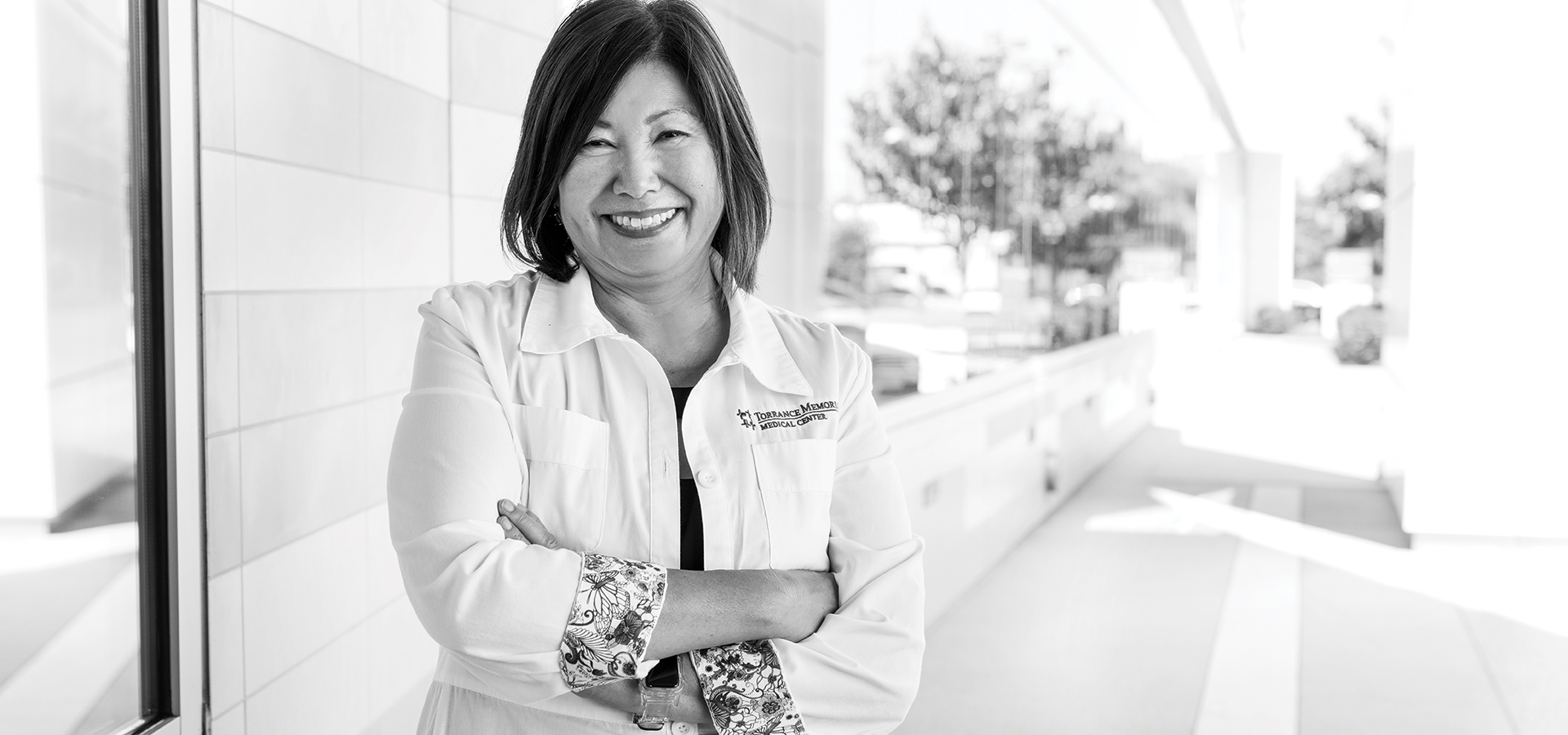
Joanne Yoshida has been a nurse for more than 40 years. Every single thing she learned and experienced during that time came into play in her role as manager of the infection prevention department at Torrance Memorial Medical Center once the COVID-19 outbreak began to affect the South Bay.
With 12 years of experience in the infection prevention unit, Joanne was the most senior person in that department and was ready for the role and all of the challenges it would bring. When she first started with the unit, there were three people in it. Fast-forward to the COVID-19 outbreak, and six people were assigned to the team.
Joanne and her team were responsible for reporting cases and deaths to the Los Angeles Department of Public Health, dealing with staff who had COVID-19, contact tracing, and educating employees. They also had to check on patients to make sure they were being properly isolated.
“They trusted us to provide them with the right guidance. For the staff and myself, it was challenging and emotionally draining. We were pivoting so much,” says Joanne.
She remembers the many interventions she and her staff endured since the start of the pandemic. “During the three major surges, there was so much fear among the staff. We were the communicators from everyone and translating that into making sure they were protected,” she says. “We wanted to be supportive of the staff and help them go through everything.”
When the first surge began, one of the most glaring problems was that the supply chain of hand sanitizer and cleaning supplies was drying up. Joanne leaned on her experience and problem-solving skills to combat the dilemma.
“All of us have had sleepless nights, but as things have calmed down, we’ve tried emotionally and physically to not set the bar too high,” she says. “With the way things are now, it’s more important to have a better work-life balance.”
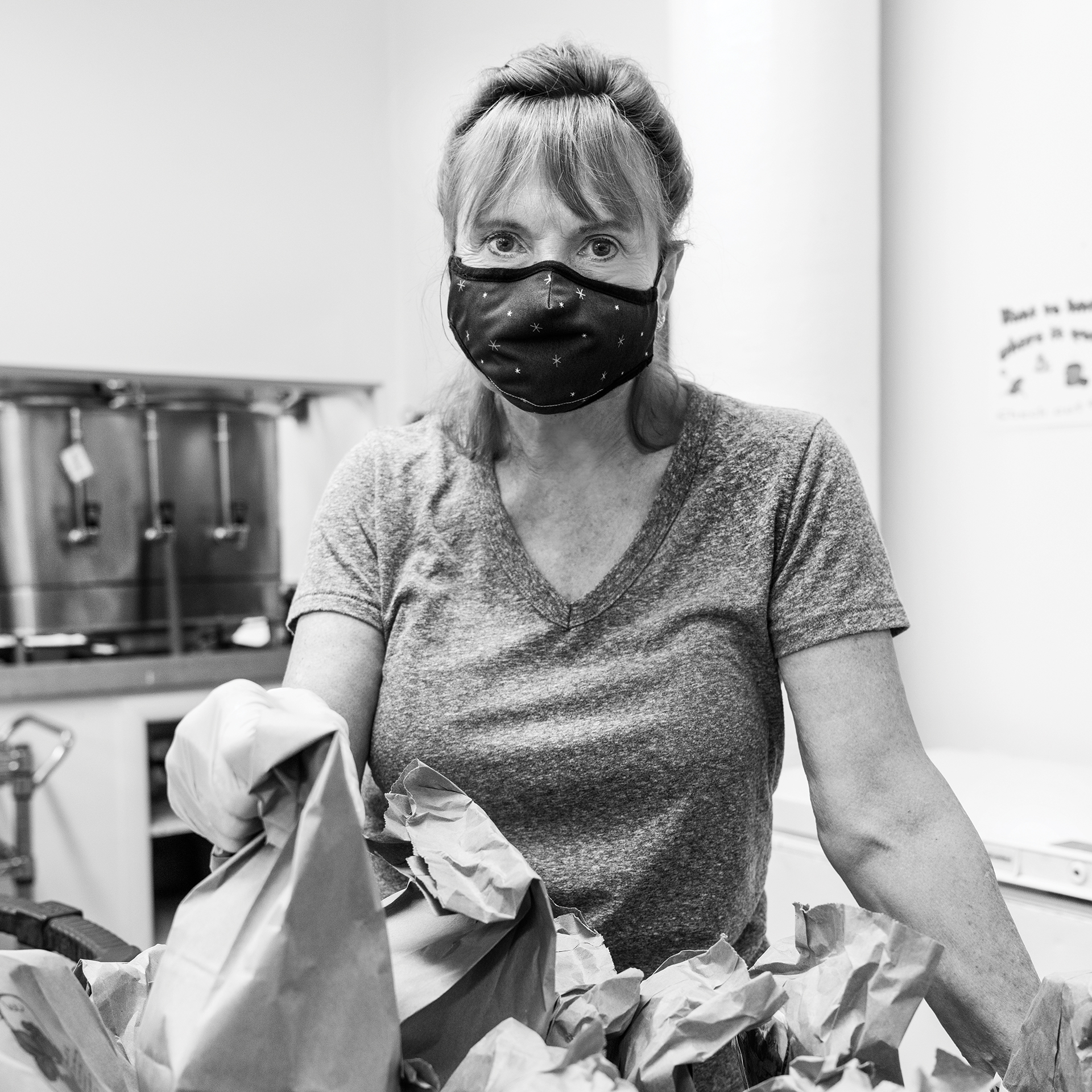
Five years ago, Linda Morgan began volunteering for Project Joy at St. Andrew’s Presbyterian Church in Redondo Beach, which feeds meals to homeless people twice a week. She began by washing dishes, then became a cook and now is the leader of the program. She took over right at the beginning of the pandemic.
As quarantine began in March 2020, Linda did what many others were doing: She stayed home. Yet she had a pit in her stomach and began talking to her husband about how she may be able to help the homeless people she’d grown to know.
“When the pandemic was so difficult, I thought of these people out there with no food to eat. I couldn’t sit at home being comfortable knowing these people had nothing to eat,” says Linda. “It took me one week to know we had to do something.”
She began preparing meals by herself at home before getting help from a few other women in the congregation. Together they created about 60 boxed lunches. Soon they began to use the church kitchen to assemble the meals, making sure to follow the necessary health and safety protocols.
That went on for a few months before Linda floated the idea of boxing up hot meals, which would allow her to make more than just sandwiches. Some of the most popular dishes she made included barbecue and chicken pot pie.
“One of the fun things about it is that I’m pretty creative in what we serve,” she says. “That makes it so much greater when the guests talk about how much they like the food.”
Project Joy serves meals on Tuesdays and Thursdays, and Linda gets to the church around 8 a.m. She begins by taking food out of the freezer and getting things ready for other volunteers. Since the updated COVID-19 restrictions, lunch-goers start to arrive around 9:30 a.m. and sit at tables in the dining hall. It’s not just the pastor and young people volunteering but women in their 80s and even one woman who is 90 years old.
For the most part, Linda likes being behind the scenes. But occasionally she’ll walk out and see guests sitting at the tables enjoying the food she helped make. It brings a smile to her face knowing that for just a small amount of time, she has given someone not just a hearty meal but joy.
“I’m an introvert,” she shares. “When I contacted people mostly by text, I would see them come in and realized they weren’t doing it just because of Project Joy but because I asked. I never thought if I asked they would do it. You can see that the camaraderie is back.”






